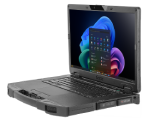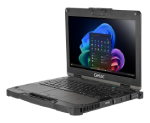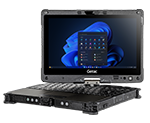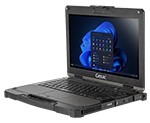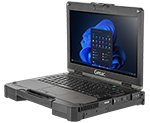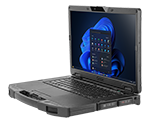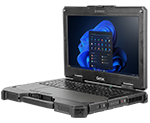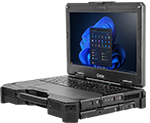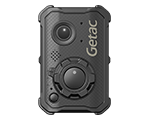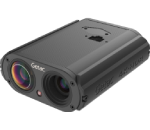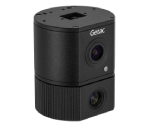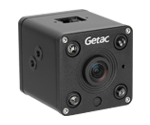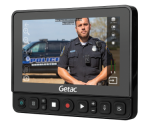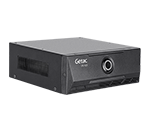Computer-Aided Dispatch (CAD) | Definition, History & Benefits
Explore the benefits and future trends of Computer-Aided Dispatch (CAD) systems, and discover how Getac integrates seamlessly with CAD for public safety.
What is a Computer-Aided Dispatch (CAD)?
Computer-Aided Dispatch (CAD) is a technology tool used primarily by emergency response agencies and public safety organizations to efficiently manage and dispatch resources in response to calls for service. A CAD system assists dispatchers in conveying vital information to field personnel, ensuring quicker response and increased situational awareness.
IMPORTANCE OF
CAD in Emergency Response and Public Safety
The primary role of CAD is to save lives. By providing dispatchers with the right information at the right time, CAD systems ensure first responders are better equipped to handle emergencies. It allows for efficient dispatch operations, ensuring that the responding units have access to critical information, making responders safer and the community better protected.
Components and Key Benefits of CAD System

Components of CAD Systems
Back-End Call-Taking and Incident Entry Application
The core of a CAD system, where the call taker enters complete details of an incident after receiving it from the caller.
Incident Tracking and Status Updates
patchers maintain up-to-date status of all incidents, ensuring efficient allocation of resources and seamless experience for field personnel.
Geographic Information Systems (GIS) Integration
This allows dispatchers to identify and address locations of incidents, ensuring vehicles and units are dispatched to precise locations.
Reporting and Data Analysis
The field application receives electronic call information from the dispatcher, facilitating data analysis and continuous improvement of dispatch operations.

Key Benefits of CAD Systems
Real-Time Data Access and Sharing
CAD systems offer real-time data sharing among different agencies, ensuring the entire team has a comprehensive view of the situation.
Automatic Vehicle Location (AVL)
AVL tools in CAD software ensure that the closest available units are dispatched, promoting quicker response times.
Pre-Arrival Instructions and Support
Dispatchers can provide first responders with vital information and instructions even before they arrive at the event location.
Integration with Other Systems
Modern CAD systems can seamlessly integrate with other tools like mobile data terminals, providing a single platform for multiple agencies.
Customizable Workflows and User Interfaces
CAD systems can be tailored to fit the specific needs of an agency, ensuring dispatchers and field personnel have a tailored experience.
Scalability and Adaptability
As demands change, CAD systems can scale and adapt, resulting in improved response times for calls for service.
CAD in Emergency Medical Services (EMS) and Different Industries
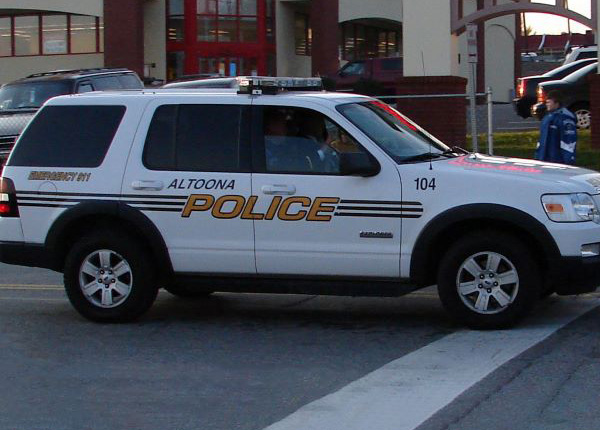
In-Car Fixed-Mount Getac Devices Enable Officers Access to Real-Time Information
The City of Pueblo outfits their police, fire & public works with Getac devices
Getac solutions integrate smoothly with leading CAD software. Getac is willing and abel to add custom integrations with legacy and modern CAD systems. Our engineering and customization team has worked with several CAD vendors to ensure our devices are compatible and willing to take on any new integrations as needed. These integrations provide:

Fast and Accurate Location Positioning
Increased control over teams is another key benefit offered by Getac's workforce management solutions. Through features like overtime alerts, businesses can optimize manpower usage, ensuring that employees are most productive where they're needed the most. This contributes to increased productivity and more efficient operations.

Enhanced Security with MFA Module Options
With options like Facial Recognition, Fingerprint Reader, and RFID, Getac devices work in harmony with MFA software, ensuring compliance with standards like CJIS and HIPPA that work with CAD systems.

Ambulance and CAD System Connectivity
Seamless connectivity between Getac devices and CAD systems ensures EMS agencies have up-to-date information on patients and incidents.

VGPS for Multiple Application Data
Getac's VGPS technology can provide GPS data to multiple public safety apps ( CAD, eCitation, and ePCR) simultaneously.

Rugged Devices for EMS Workflows
Designed to handle the rigors of EMS operations, Getac's rugged tablets and laptops ensure data integrity and system uptime.

Barcode Reader Integration
Getac's integrated Barcode Reader aids in efficient data input, reducing errors in critical situations.

Integration into the CAD Flow
When a call for service reaches any public safety agency:
- A 911 call is made to the communications center.
- The dispatcher inputs the details into the CAD system.
- Using the GPS on Getac devices, the CAD system selects the nearest unit to the incident.
- The dispatch is transmitted to the relevant agency's Getac computer via the embedded cellular WAN card.

Getac Video Solutions and CAD System Integration
Getac Video Solutions have the capability to incorporate ID and categorization data from third-party CAD systems. This integration aids officers and supervisors in searching for relevant videos based on the CAD ID, and it also allows them to compile these videos for DAs, lawyers, and other interested parties.
Two CAD an Video modes of integration exist:
- CAD integration without automatic categorization searches for assets related to a CAD call based on the timestamp and officer ID of the ingested data. Assets that meet a certain match threshold are tagged with the relevant CAD ID in our EVM solution ( Enterprise video management). This allows officers/supervisors to search in our EVM for specific assets based on CAD ID.
- CAD integration with automatic categorization does the above, as well as reads the classification of the CAD call from the CAD data. It then maps that classification to a corresponding Getac EVM 3 category and automatically assigns said category to the assets which get a successful CAD match. This is an automated way to assign retention to an asset group based on the known CAD classification.
To find out more about our video solutions, please visit:
RELATED SOLUTIONS
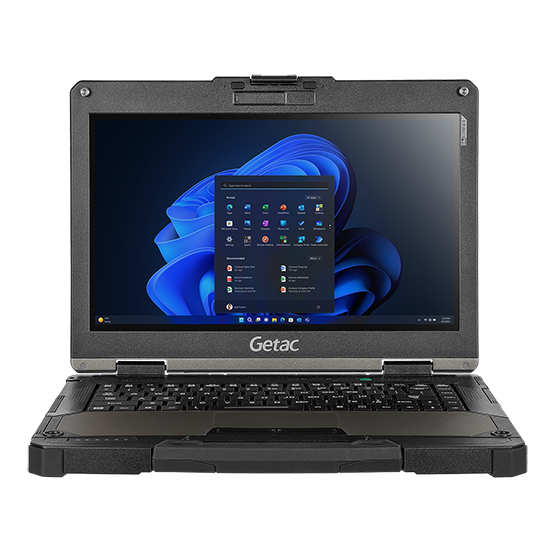
Laptops | Fully Rugged | 13.3-Inch | Windows
Getac B360
The B360 is PCMag Editor's Choice winner and Best Rugged Laptop awardee in 2023. It features a 13.3-inch FHD screen with 1,400 nits LumiBond display.
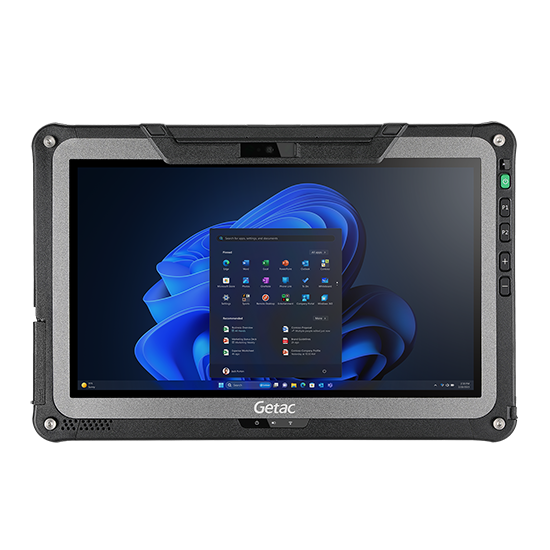
Tablets | Fully Rugged | 11.6-Inch | Windows
Getac F110
The F110 was named the Best Rugged Tablet in 2021 by ZDNet and in 2023 by TechRadar. It has a slim form factor and an 11.6-inch FHD screen.
Future Trends and Advancements in CAD Technology
As technology continues to evolve, CAD systems are integrating advancements like AI, IoT, and cloud-based solutions. These integrations promise a more streamlined, efficient, and intelligent dispatching process, ensuring first responders are equipped with even more accurate and timely data.
Getac rugged laptops, tablets, and video solutions provide fast system performance, seamlessly integrating with leading CAD software, ensuring agencies are equipped with state-of-the-art dispatch tools.
CONCLUSION
Computer-Aided Dispatch (CAD) systems have revolutionized the way public safety agencies operate, providing them with tools to make informed decisions, ensure quicker response times, and improve situational awareness.
Getac has robust solutions to support the work of first responders.
ADDITIONAL RESOURCES

How Rugged Solutions Improve Response to Natural Disaster Trends
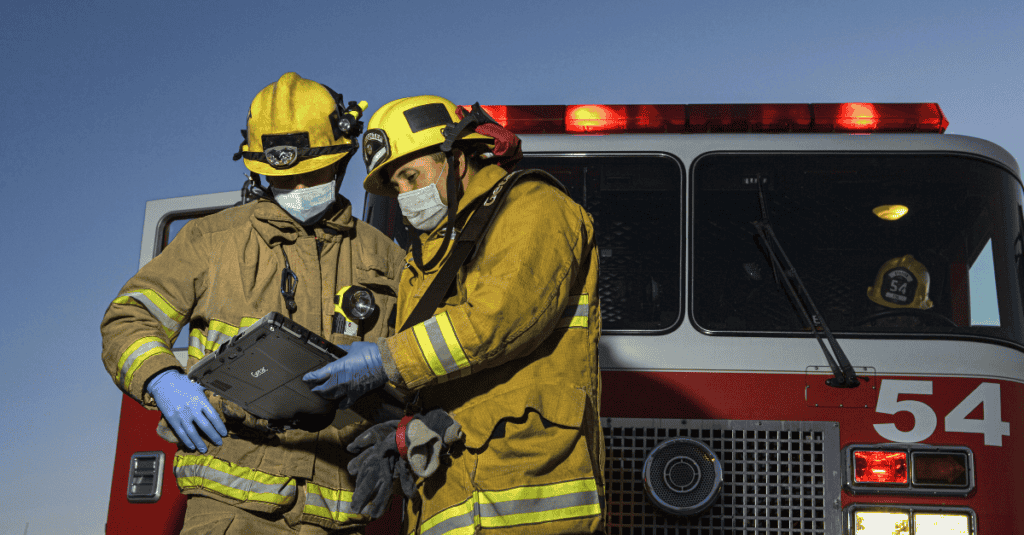
How Technology Makes Public Safety Safer and More Efficient

First Responders: Why 5G Networks Are The Future of Mission-Critical Communications

6 Reasons to Use Rugged Devices for Ambulance Services

Technology Essentials for Commercial and Public Sector Vehicles

Flexing Safety First Muscles in Times of Crisis

